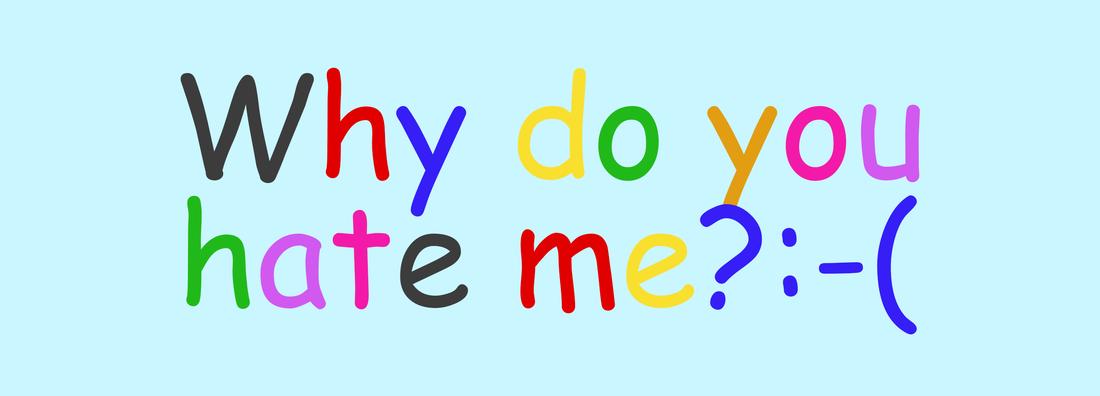|
There is nothing more intimidating to the creative process than a blank page. But, luckily, there are more than a few ways to un-blank it before it derails your writing time, and I'm going to share a few of them below. First off, I want to push back against the idea that a writer, to be successful, needs substantial amounts of unbroken writing time. That’s just not the case. There’s also no truth to the oft-repeated injunction that you must write every single day. (I’m dubious of any writing advice that starts with “you must,” to be honest.) There are days when it is genuinely impossible to get any writing done, and that’s not because of self-doubt or deprioritising writing from your life as an act of you-can’t-fail-if-you-don’t-try: it’s because there are days when it is genuinely impossible to get any writing done. But… most days have space for ten minutes here and there. You may not notice them, because we’re conditioned to think that ten minutes is not enough time to write a novel, and that’s unquestionably true: you are not going to write a novel quickly if you only have ten minutes four times a week, but, with enough of those ten minutes strung together, you will write a novel. You won’t if you never write a single word because you’re waiting for swathes of Time To Write. That said, if you’re snatching the occasional quarter-hour here and there — which, incidentally, is how the phenomenally successful author Jodi Picoult wrote her first novel — you do need to make them count. And there’s nothing like knowing that you need to make them count to really freeze up your creative flow. So, what do you do when you’re staring at a blank page in a state of increasing panic as the break-room clock inexorably counts down the seconds until you’ve got to get back to work? There are a few tricks to break through this kind of paralysis — and by the way, it’s not limited to tight writing spots; the blank page is the horror that haunts us all, whether we’ve got eight minutes or eight hours. The first is going to sound completely daft and I have no idea why it works, only that it does. (It also assumes you’re writing on an electronic device of some sort, by the way, so if you’re not, skip straight to the second one.) Quite simply, change your font to Comic Sans. Just do it and don’t ask questions. We all know the jokes about it, but Comic Sans connects with some part of the writerly brain and releases the block, and that’s what we’re after here, not the cold comfort of knowing that our masterpieces were painfully chiselled one word at a time out of noble Times New Roman. The second is freewriting. Depending on what your writing process looks like, freewriting will be more or less use to you: a meticulous planner isn’t going to have a good time trying to make a story happen this way, while a writer who tends to start with an idea and let it take them wherever it goes is probably using a form of freewriting, initially at least, every time they sit down to write. But as a banisher of blank pages, freewriting is unparalleled. The idea is that you release your writing from any expectation at all: no need to worry about sentence structure, punctuation, spelling, coherence, and certainly not narrative. Start with a prompt — be it an image, a sentence, or a single word — and just write literally whatever comes out of your pen or your keyboard. It could well be complete nonsense for a while, and that’s fine. Eventually, something will start to take shape, whether that be on the page or in your head, and, crucially, you will have something concrete in front of you that’s not inch upon inch of accusatory white space. Freewriting prompts are all over the internet but you could try this one to get started. I usually suggest that ten minutes is an absolute maximum for a freewriting prompt, after which time it’s either taken hold or you might want to consider another prompt. But even if it doesn’t bear narrative fruit on a given occasion, don’t ever waste those words. You never know when they might be exactly the access point you need for your next project.
And third, if in doubt, start with a line of dialogue. Any line of dialogue. Make up a character name, have them say something, see what happens. The thing about dialogue is, it demands a response. It could be another line of dialogue (see, now you have two characters!) and it could be a physical reaction, but it will take you somewhere. One of the most productive writing experiences I ever had was when a character I was writing unexpectedly walked into a room and started an argument, and my whole job became “keep typing to find out why and what happens next.” (An entire new subplot happened next, is the answer to that, but I never did have more than nominal control over that character. She’ll always be one of my favourites.) So, while writing retreats are lovely and in an ideal world there would always be ample time for creative practice, banish the idea that you need heaps of writing time to write. And banish the blank page. Oh, and I wrote this post in Comic Sans, by the way, so your argument is moot. To be notified when this blog updates, sign up to my newsletter here.
0 Comments
Leave a Reply. |
Tips, tricks & advice to help your writing shineCategories
All
Blog updates on the first of every month.
|

 RSS Feed
RSS Feed